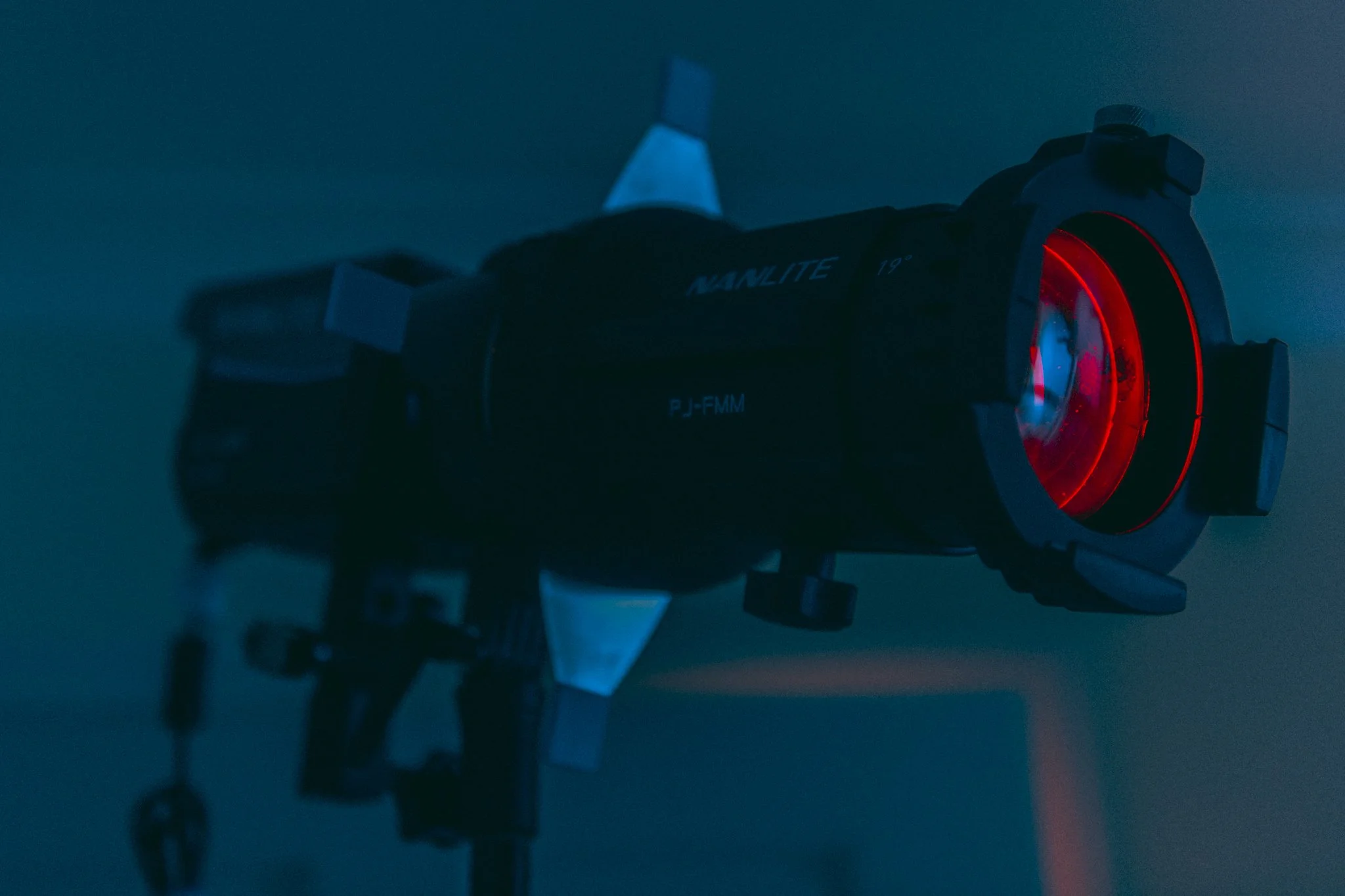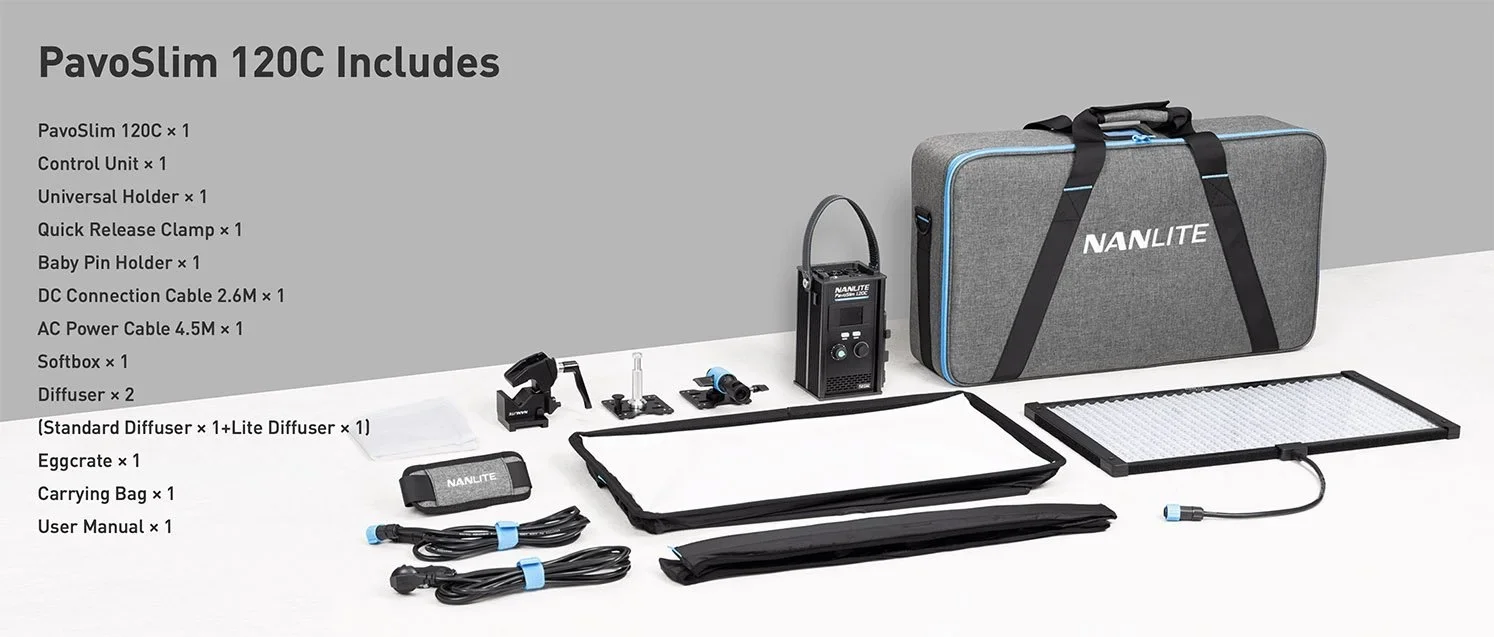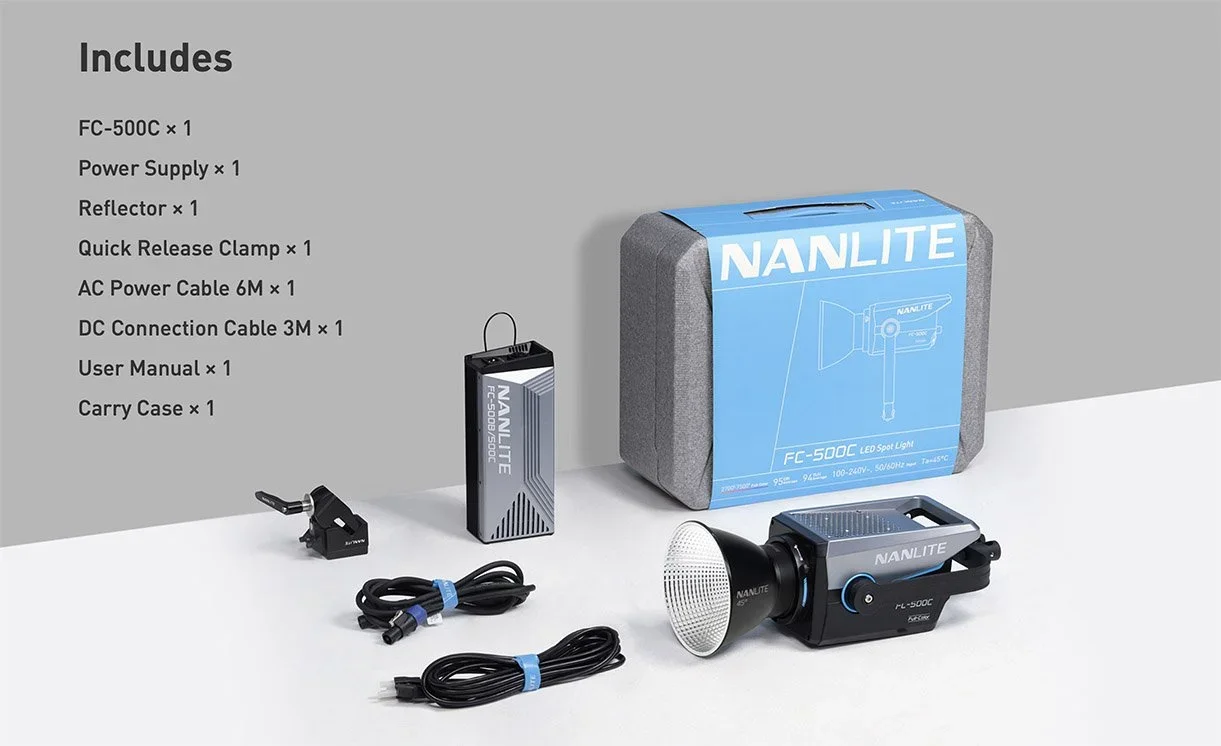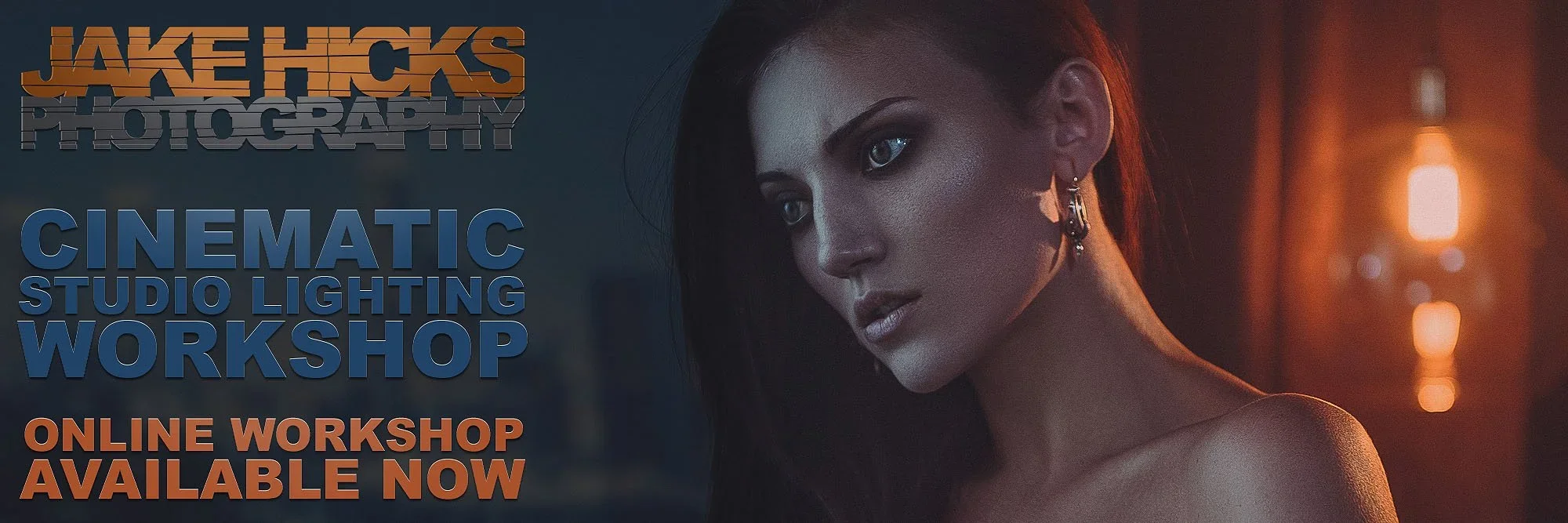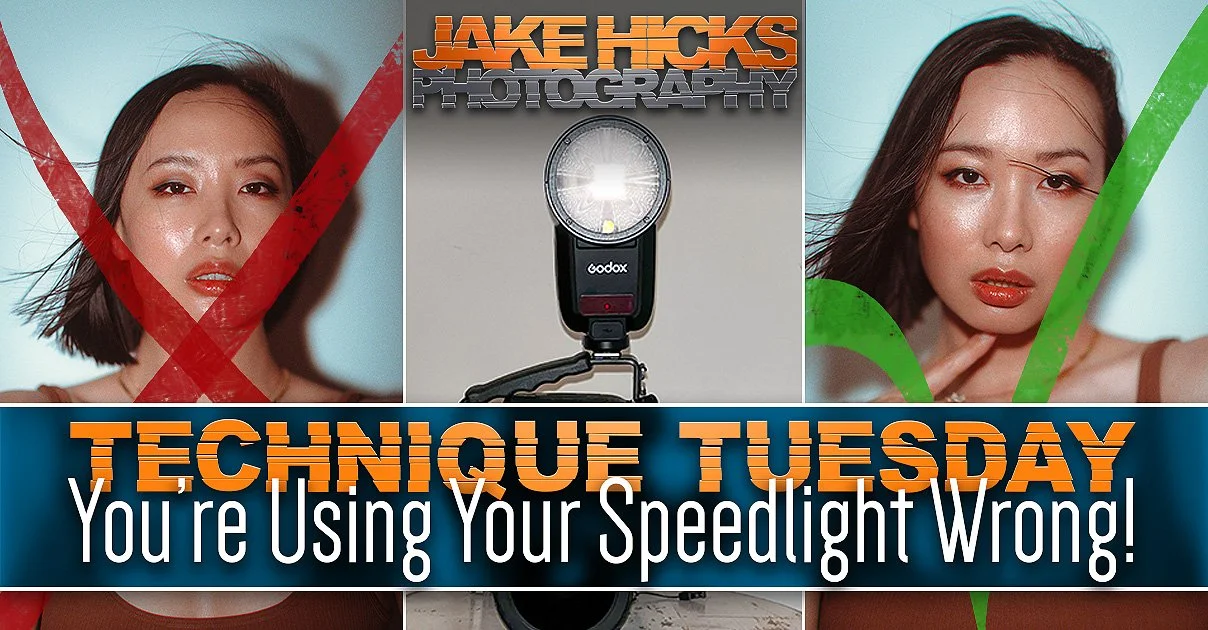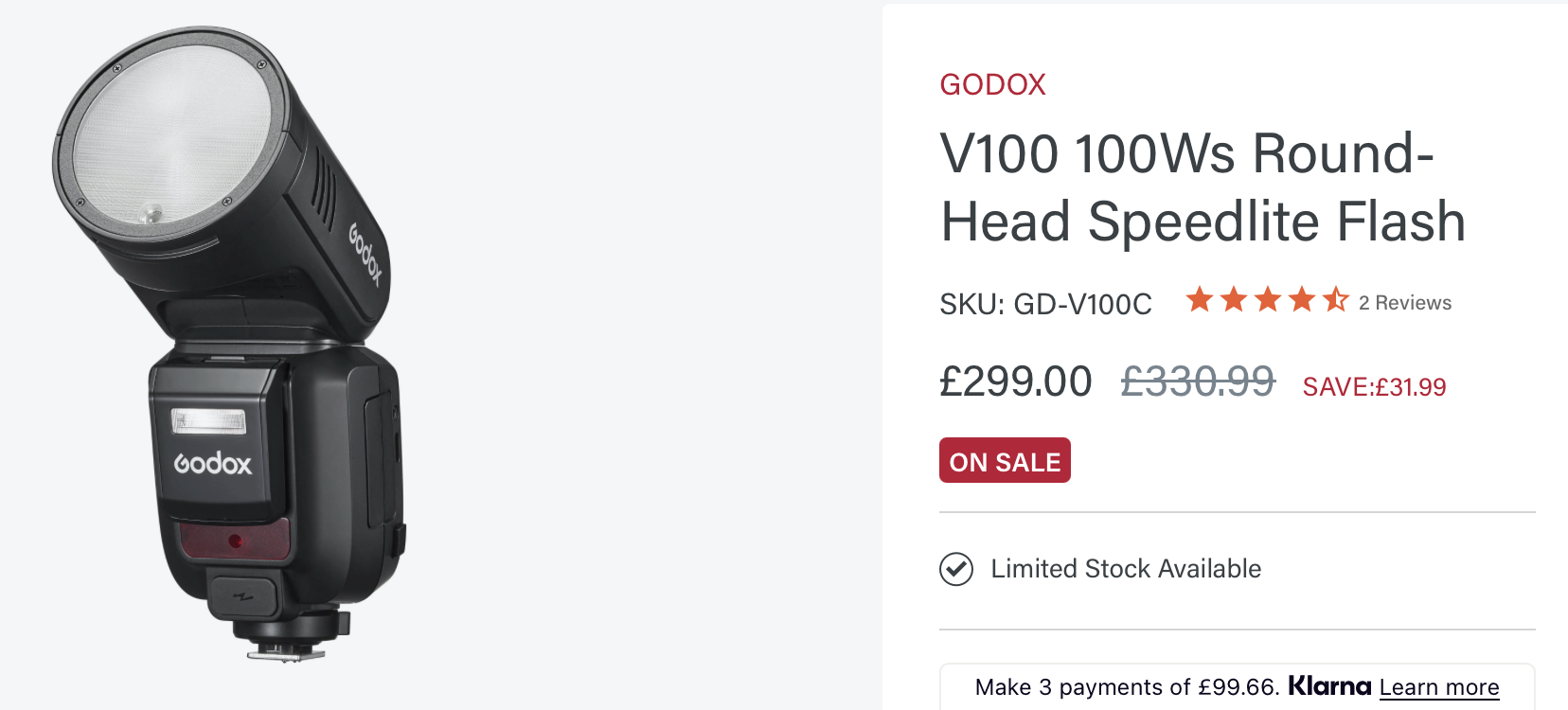I've always wanted my photography education on here to be free, so although there is no paywall to any of my -Technique Tuesdays-, any and all support is greatly appreciated. ❤️
PLUS: Donate any amount and I’ll send you a link to the hi-res print version of my studio lighting book.
||
PLUS: Donate any amount and I’ll send you a link to the hi-res print version of my studio lighting book. ||
I’m sure we’ve all used the white background of a studio before. Who hasn't? But there are times when we want a white background, but we don’t necessarily want it to look like a studio. Here I show you how I quickly (ish) and cheaply made a white, textured backdrop.
I’ll jump straight into this one as there’s nothing technical to cover before we start.
I was recently asked to do a shoot for a hair salon. They have shown me example ideas on a moodboard with a white background, but many of the examples were not shot in a photo studio. Turned out they preferred a more organic, textured backdrop over a stark, e-commerce-looking shot.
Pretty standard so far, and I’m starting to see a lot more of these requests crop up as people are being put off by the somewhat stark, clinical and often overly commercial-looking shots we can see online.
Ideally, we’d find a cool location that had a more rustic and organic backdrop, but as with many hair campaigns, you often have to shoot in the salon as the hairstylists need all their tools on hand to prep the hair.
So, with a location shoot off the table, the next best thing is to bring a textured background to the salon. This is where I set out to look at some alternatives.
Although I’m sure many of you are immediately thinking of a multitude of ways to add texture to a background, I did have one major issue to contend with: I had to bring the backdrop to the salon. So yes, although elements like polyfiller, plaster, joint compound, or any other soft putty-like substance that dries rock hard sound perfect… I can’t roll that up and through it in the back of the car.
The Textured Backdrop - Rollable Edition
So yes, sadly, as much as I wanted to throw putty at a wall and paint it white, I needed to find a far milder alternative that I knew I could actually roll up and move. Of course, the most obvious solution was paint, but even then, I was wary of thick paint cracking and falling apart when dry and rolled up.
That said, I thought I should be okay with thick masonry paint at least, so I opted for this one.
‘Textured Masonry Paint’ I’m sure I don’t need to remind you of this, but be sure to get the ‘brilliant white’ version. Be wary of getting any off-white paint for this, as the odd cream colour under harsh light will play havoc with any white balance you try to do.
My thinking was that the paint would be thick (it even had’ textured’ in the name - more on that later), thick enough to have some shape to it when painted and not just lie completely flat and clean.
If you’re going to be using paint on the backdrop, make sure it’s actually pure white paint and not eggshell, dove, magnolia, cloud etc etc!!
The Backdrop - Rollable Edition
Many long-time readers will know that I love to use window blinds as backgrounds, and I’ve done so for over 20 years. I’ve now assembled quite a collection of window blinds here at the home-studio! The reason I use window blinds is due to how easy they are to transport to a shoot if needed. Plus, they lie flat, hand flat, are durable to the point they can be cleaned, they don't bend or fold, and most kinks can be removed simply by hanging it up. Plus, the blackout blinds are actually pretty thick and are ideal for shining light on them as they aren't shiny like other backdrops can be.
So again, for this project, I picked up yet another window blind. I’ve bought so many now, Amazon must think I live in a greenhouse! I always try to get a ‘blackout blind’ and I try to get the ones with the most ‘drop’ as they call it. This just means the length of the blind when hung up.
The one I got here is 180cm wide with a 160cm drop. This is pretty much the bare minimum size you can make work for a studio portrait, and ideally, I’d like a 2-metre wide one with at least 2+ metres drop.
I’ve been using window blinds as photography backdrops for over 20 years! They’re perfect backdrops that can be easily rolled up and transported.
Don’t bother with these textured rollers - It doesn’t look good!
Creating the Texture Backdrop
This part isn’t rocket science, but I did discover a couple of elements along the way. Originally, I’d actually purchased a bunch of big paintbrushes and even very textured rollers to see what would give the best result. As it turned out, the roller, in conjunction with this thick texture paint, worked too well, and the resulting bubbled and pitted texture was actually too dramatic and even for the more randomised effect I was after.
Even the big paint brushes I had gotten didn't work for what I was after, as their bristles were still too fine and didn't leave any texture in the paint. So the roller was too much, and the paintbrushes weren't enough. Ironically, what did end working well was an old plastic broom I had lying around in the garage.
The plastic broom had very large, plastic and very separated bristles. This is what ultimately gave me the deep and textured look of sweeps of paint I was after.
Using a street-sweeping broom to paint the backdrop actually gave it the deep brushstroke texture I was after.
The Finished Textured Look
Like I mentioned, I used a big street-sweeping brush to get the final look I was after. The larger, thicker and more seared bristles on the broom allowed me to get very visible brushstrokes in the paint.
From here, it was just a matter of building up the paint and being very generous with it when I applied the coats. I wasn't too precious with how I applied it either and kept the brush moving in multiple directions to ensure as much visual texture on the surface as possible.
Ultimately, I only applied two coats of thick paint. I wanted to do more, but even at two coats, I was very wary of the paint becoming too thick and then cracking when I wanted to roll it up. In the end, I think I could have gotten away with at least one more coat, but the two I had got the job done.
I applied a couple of coats and kept the paint thick on both along with varying brushstrokes in the paint to keep the texture apparent.
A Quick Test
Before I rocked up on the day with the DIY background, I wanted to give it a quick test to see how it would look and how it would hold up under lighting. As always, you learn something new every time you pick up the camera, and one thing that stood out to me when shooting these tests was how important the aperture would be.
Click to enlarge - In the full screen version, you should be able to see the texture more clearly, but in some of these shots, the texture is far less pronounced.
I think many of us portrait shooters are guilty of going out and buying a beautiful f1.2 prime lens… and then never ever taking it off f1.2. It cost you a small fortune, why would you? But for hair campaigns, crisp eyes and hair totally out of focus are rarely a good look. The same thing was happening here in these tests. If the aperture was too shallow, the background texture was completely lost, especially when getting close for a headshot. But when shooting further back and opening up the aperture to f4 or f5.6, the background texture really started to pop.
Test Shots on the Day
In the end, I was extremely happy with the final shots and how the background looked in them. The texture was just enough to take away the clean and clinical look a simple white background might offer, but not so much texture as to be distracting.
Final Images
Click on any of the images below to fit them to your screen.
Complete Hair Shoot Breakdown
If you were curious about how this whole process and shoot was captured, including everything from moodboards to behind-the-scenes on the day, take a look at my complete photoshoot breakdown video on YouTube below.
I've always wanted my photography education on here to be free, so although there is no paywall to any of my -Technique Tuesdays-, any and all support is greatly appreciated. ❤️
PLUS: Donate any amount and I’ll send you a link to the hi-res print version of my studio lighting book.
||
PLUS: Donate any amount and I’ll send you a link to the hi-res print version of my studio lighting book. ||
JHP Livestreams…
I livestream every other Tuesday night via YouTube and there I answer your questions, critique your shots, take community images into Photoshop to work on them and discuss all manner of lighting tips and techniques. I look forward to seeing you and your work there real soon. Jake Hicks Photography - YouTube








